Travel to Shiga: Japan’s Biggest Hidden Gem
Table of Contents
1: Omi Hachiman
2: Chikubu Island
3: Hikone Castle
4: Dinner
5: Supplementary information on sightseeing in Shiga Prefecture
1: Omi Hachiman
The other day, I posted a blog entitled ‘Surprising areas rich in cultural properties.’ I want to report on my trip to Shiga Prefecture, arguably the most hidden area in Japan, which I mentioned in that post.
First of all, I went to Omi Hachiman City. Omi Hachiman City was developed based on the castle town of Hachimanyama Castle, built by Toyotomi Hidetsugu (nephew of Toyotomi Hideyoshi). In modern times, the city flourished as a commercial town in the birthplace of the Omi merchants. The ruins of Azuchi Castle, built by Oda Nobunaga, are also located in Omi Hachiman City. However, the ruins of Azuchi Castle have located some distance from the center of Omi Hachiman (approx. 6 km).
Several companies originate from Omi Hachiman, including bedding manufacturer Nishikawa Corporation and pharmaceutical manufacturer Omi Brothers Ltd.
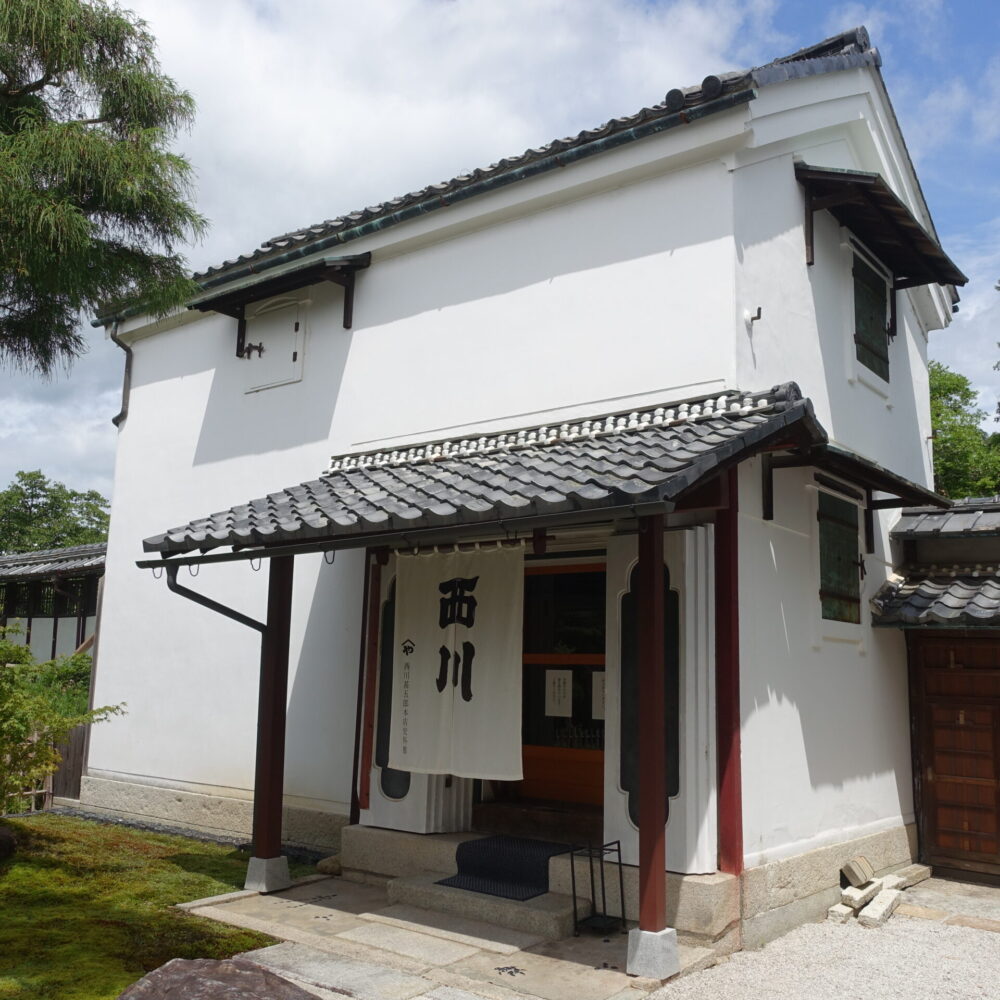
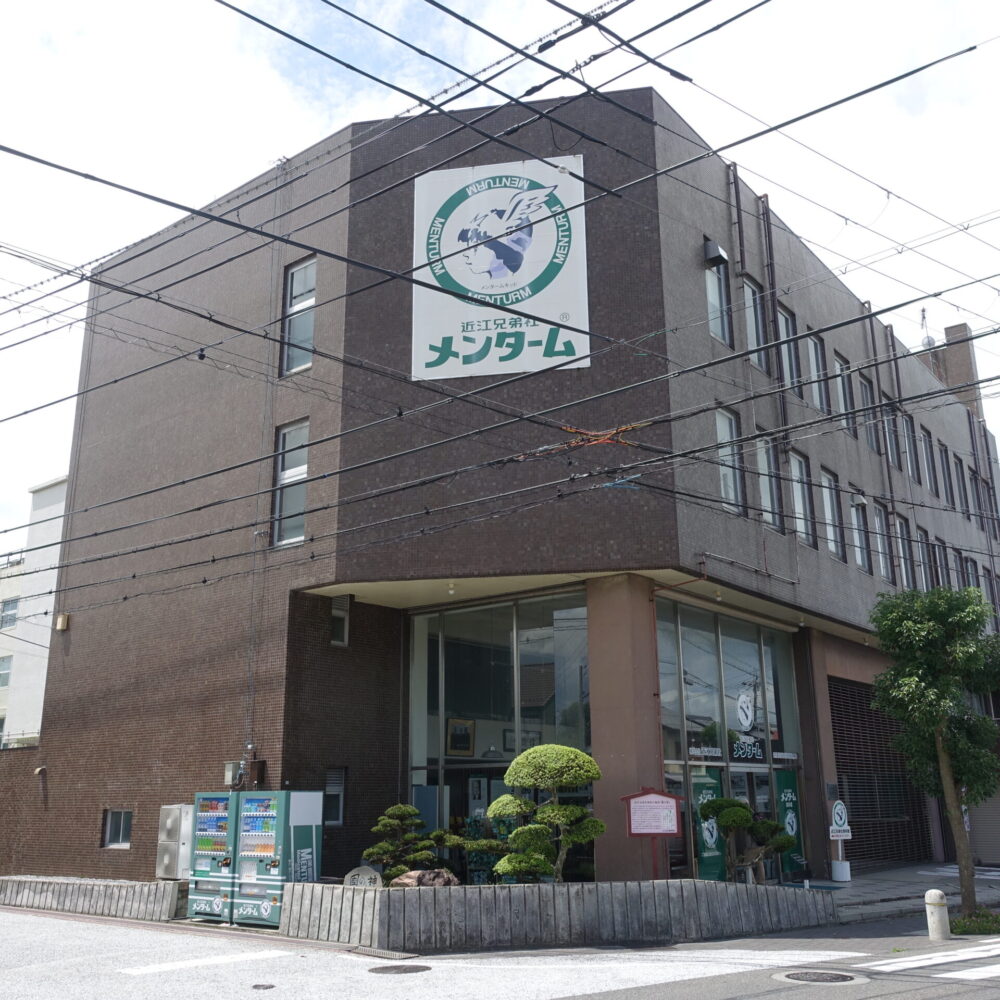
Omi Hachiman is a national Preservation Districts for Groups of Traditional Buildings as a ‘merchant town.’ Famous for its moats that retain scenes from the Edo period, Hachiman-bori is a filming location for numerous period dramas, including Mito Komon, Toyama no Kin-san, Zenigata Heiji, Abarenbo Shogun, and Hissatsu Shigoto-nin.
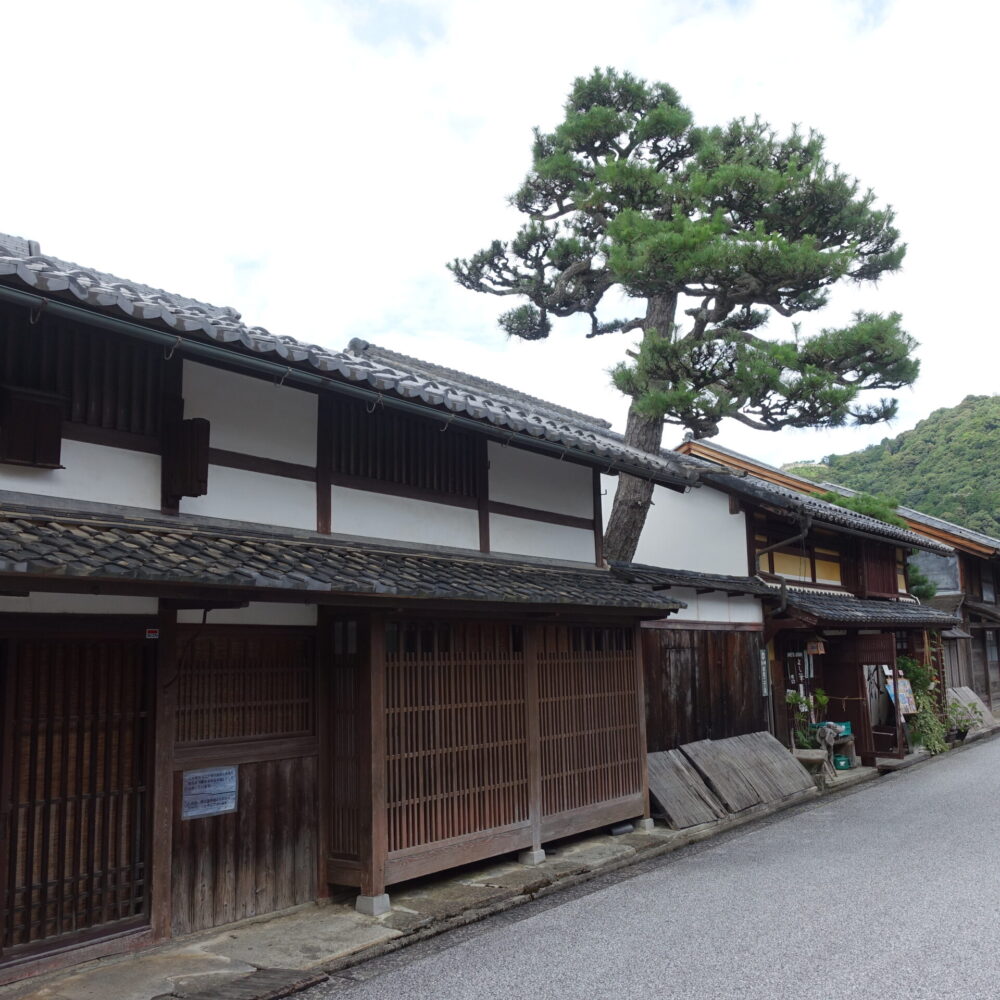
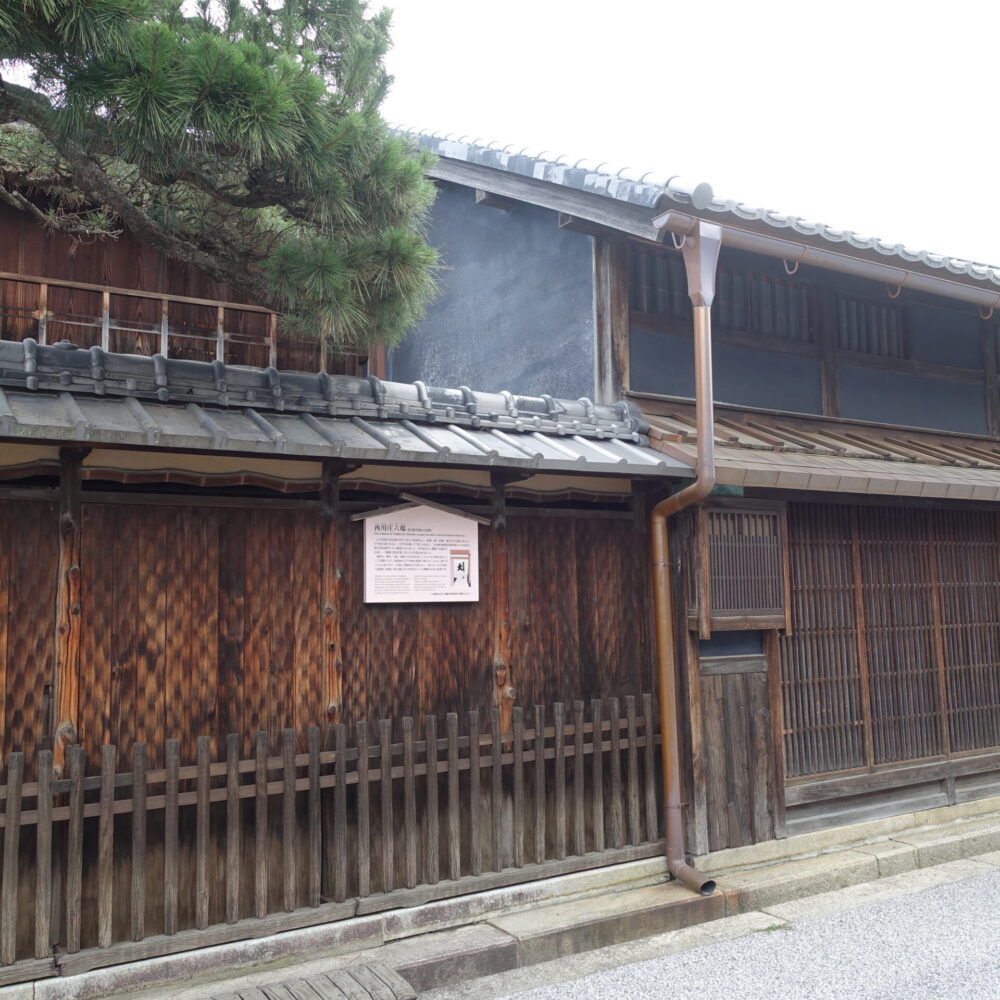
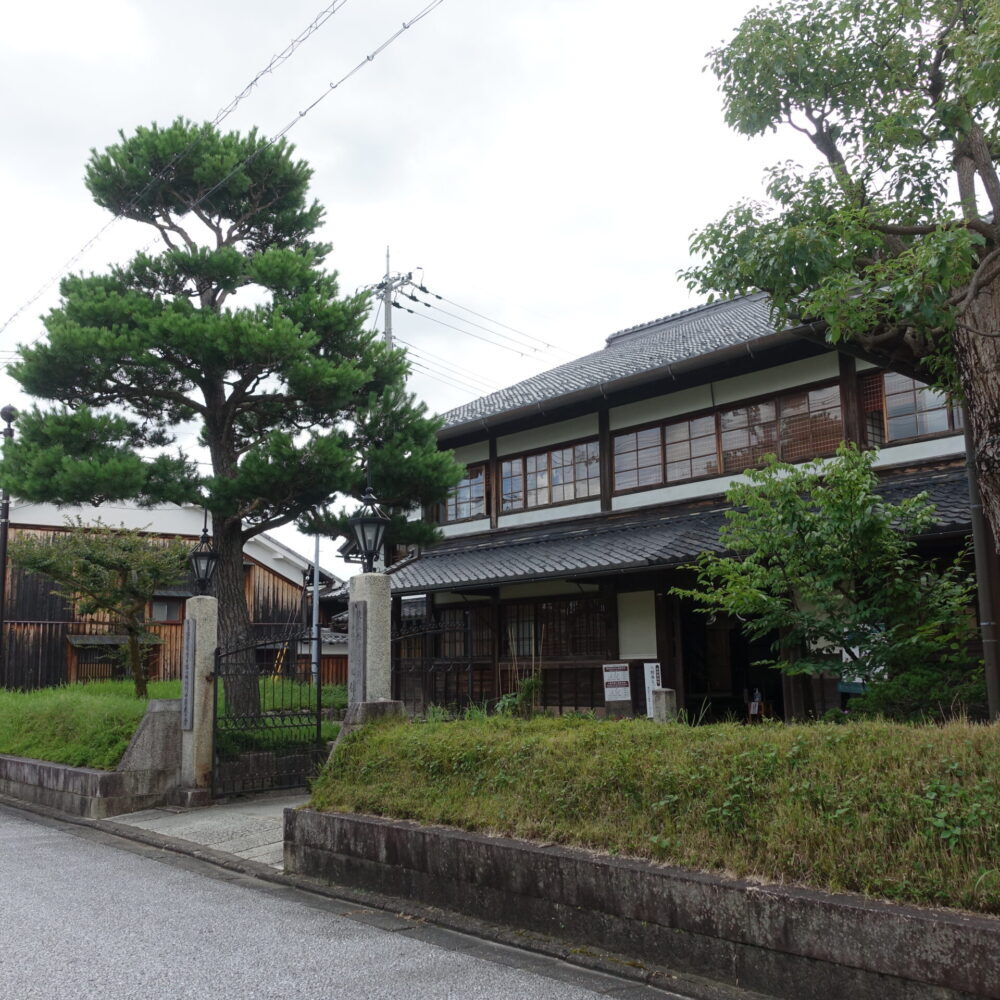
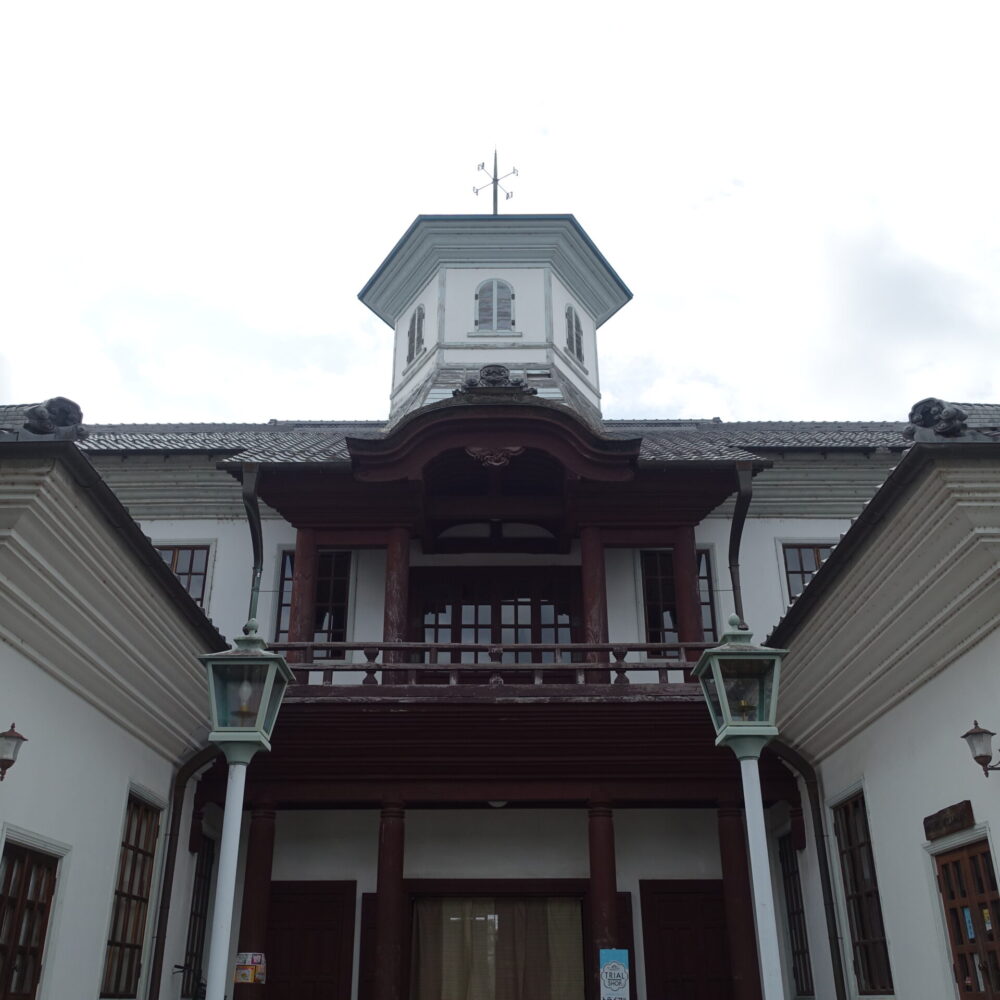
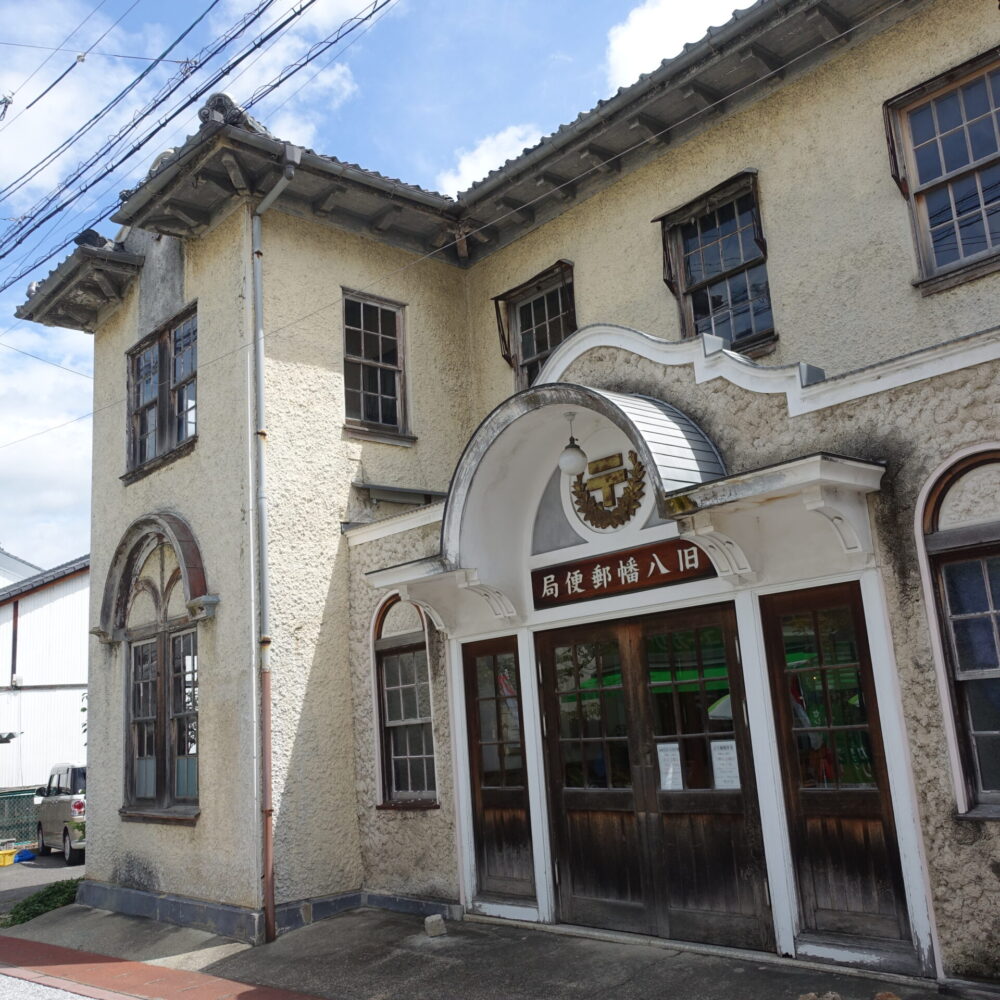
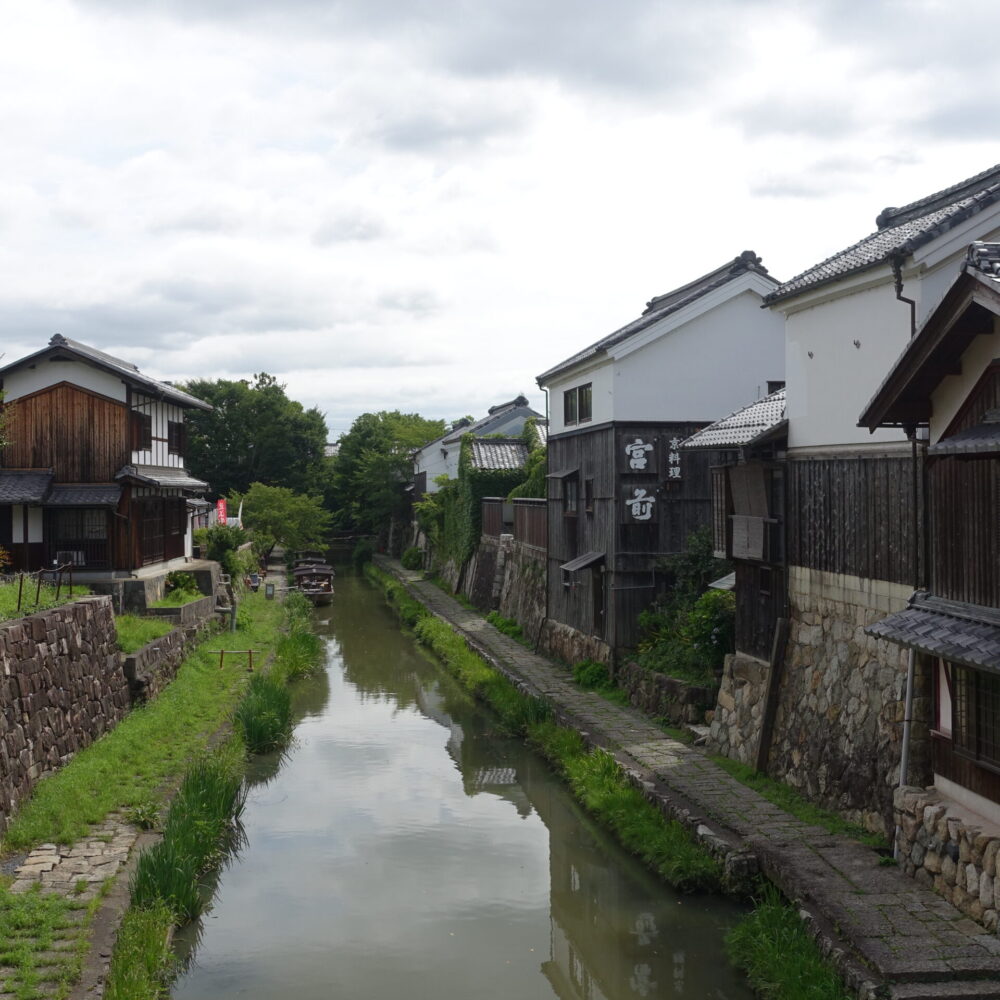
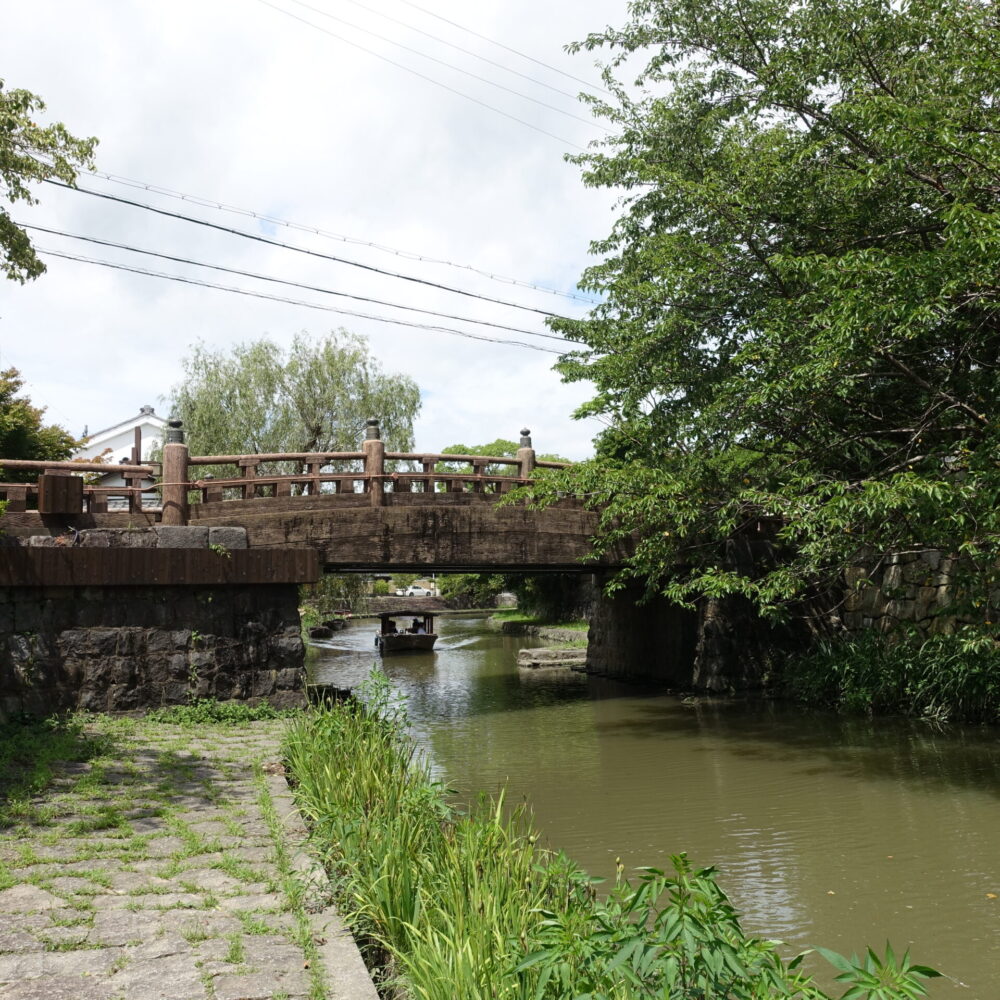
Himure Hachimangu Shrine is the origin of the name of Omi Hachiman. It is said to have been founded in 131 when Emperor Seimu enshrined the deity Okuninushi here on his accession to the throne. 691, Fujiwara no Fuhito visited the shrine, and it was renamed Himure Shrine after the waka poem he composed there. There is no doubt that this shrine has a long history among Japanese shrines. Curiously, however, Himure Hachimangu Shrine is neither a National Treasure nor a National Important Cultural Property. The tower gate, the hall of worship, the main shrine, and the Noh stage are all excellent buildings.
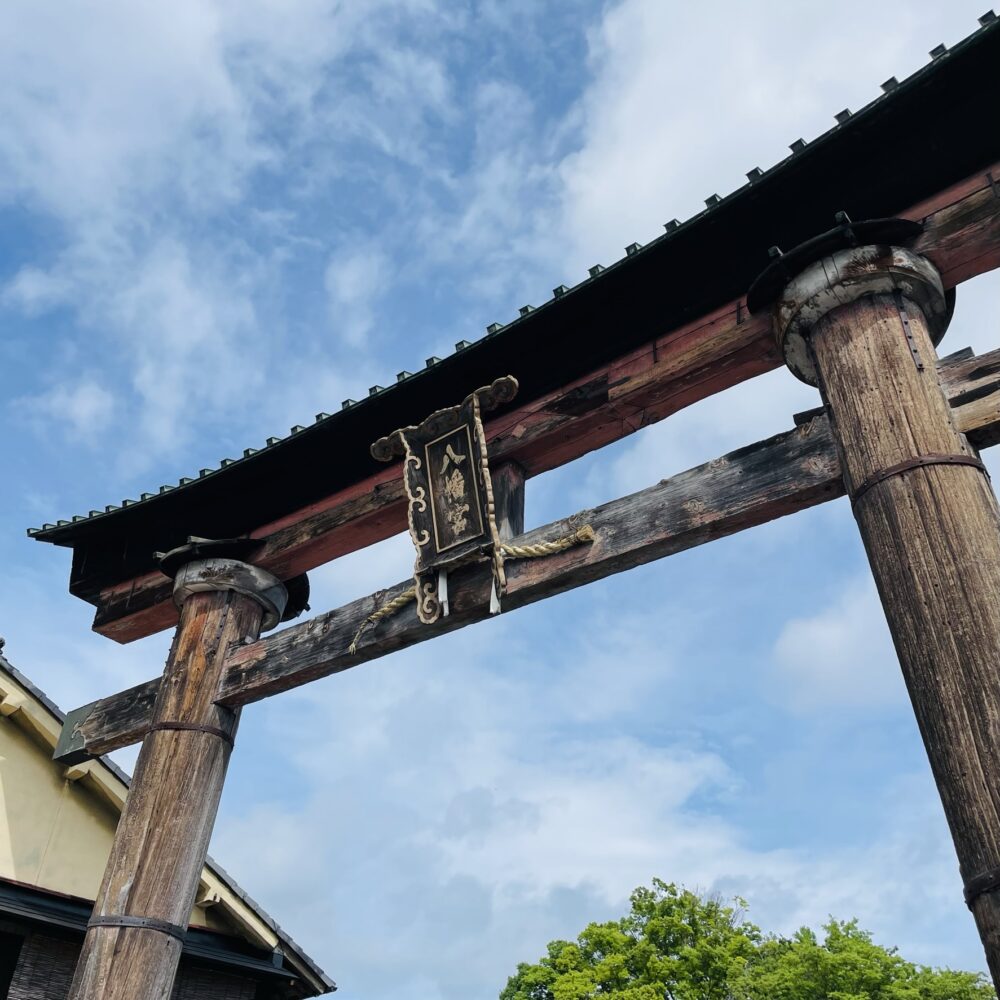
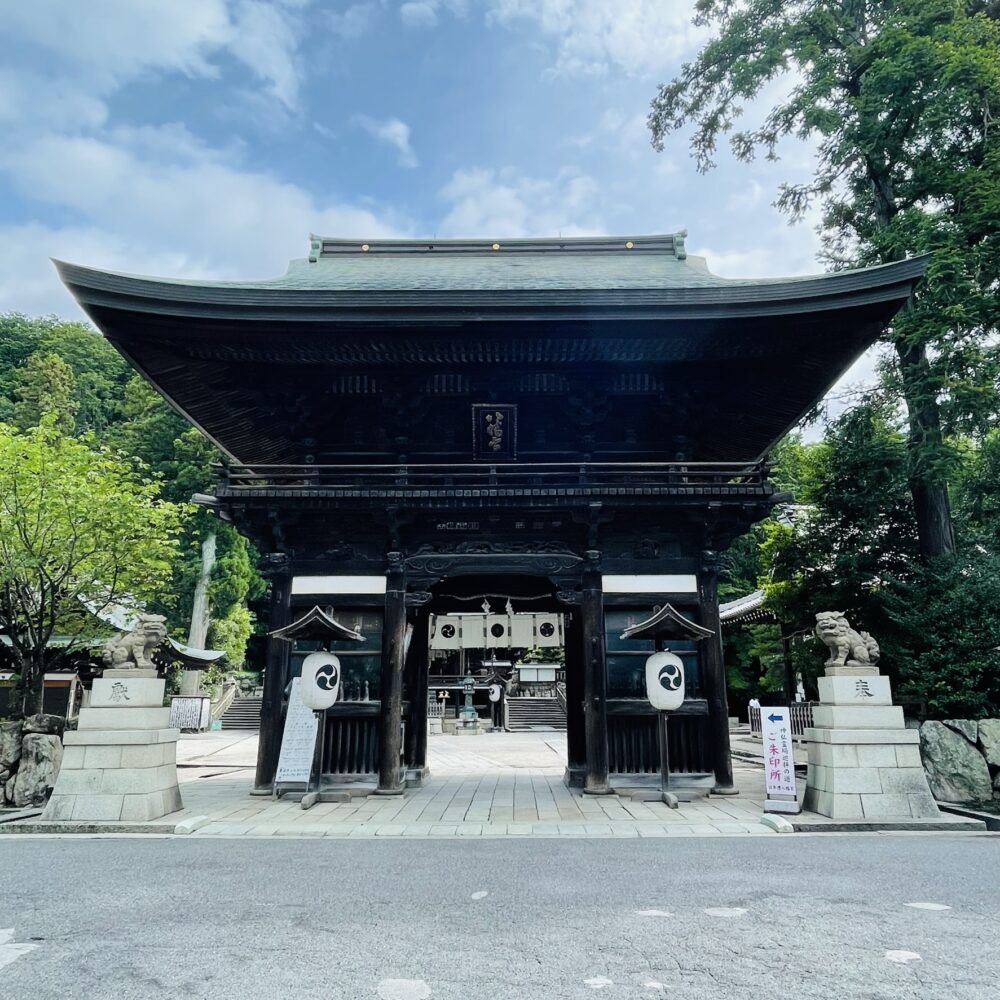

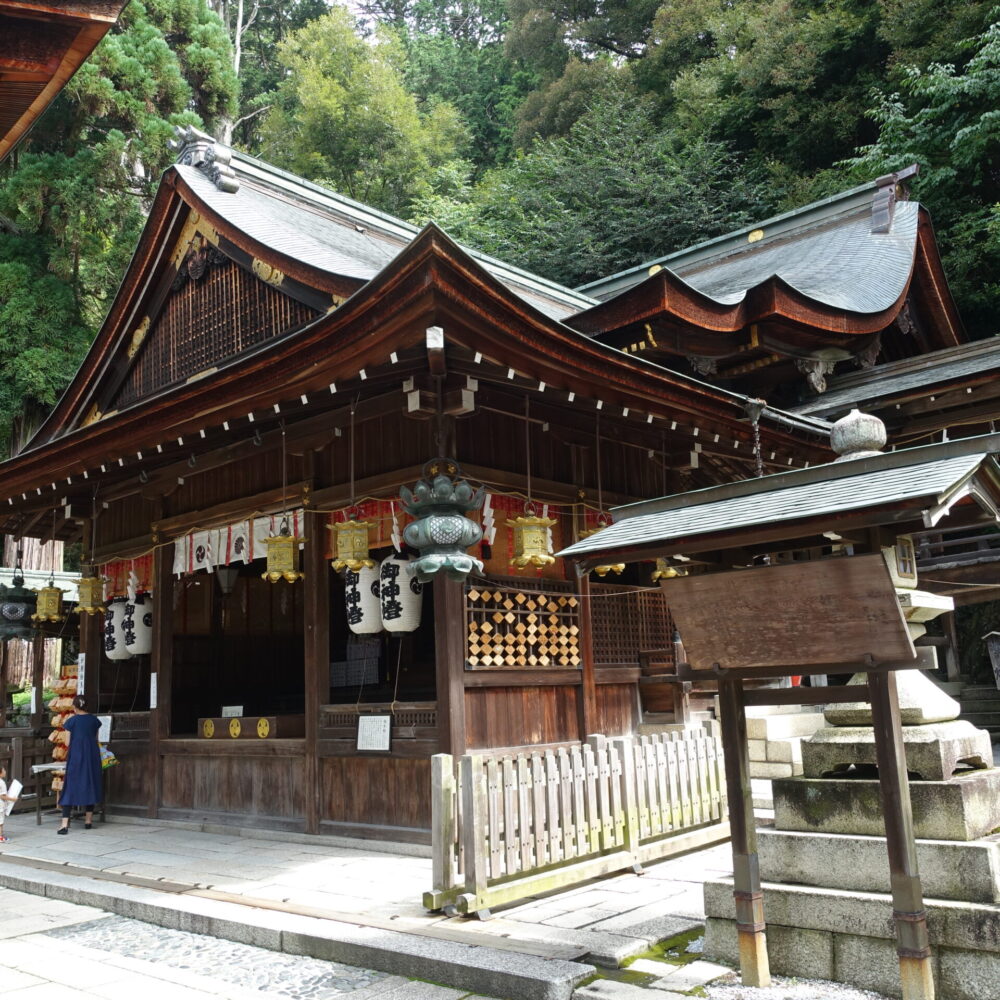

The Sagicho Festival and the Hachiman Festival, nationally designated as Intangible folk cultural assets, are annual festivals of Himure Hachiman Shrine. The Sagicho Festival is unusual in that Oda Nobunaga himself danced in a beautiful kimono at Azuchi Castle. The Hachiman Festival is a traditional fire festival with more than 1,000 years of history.
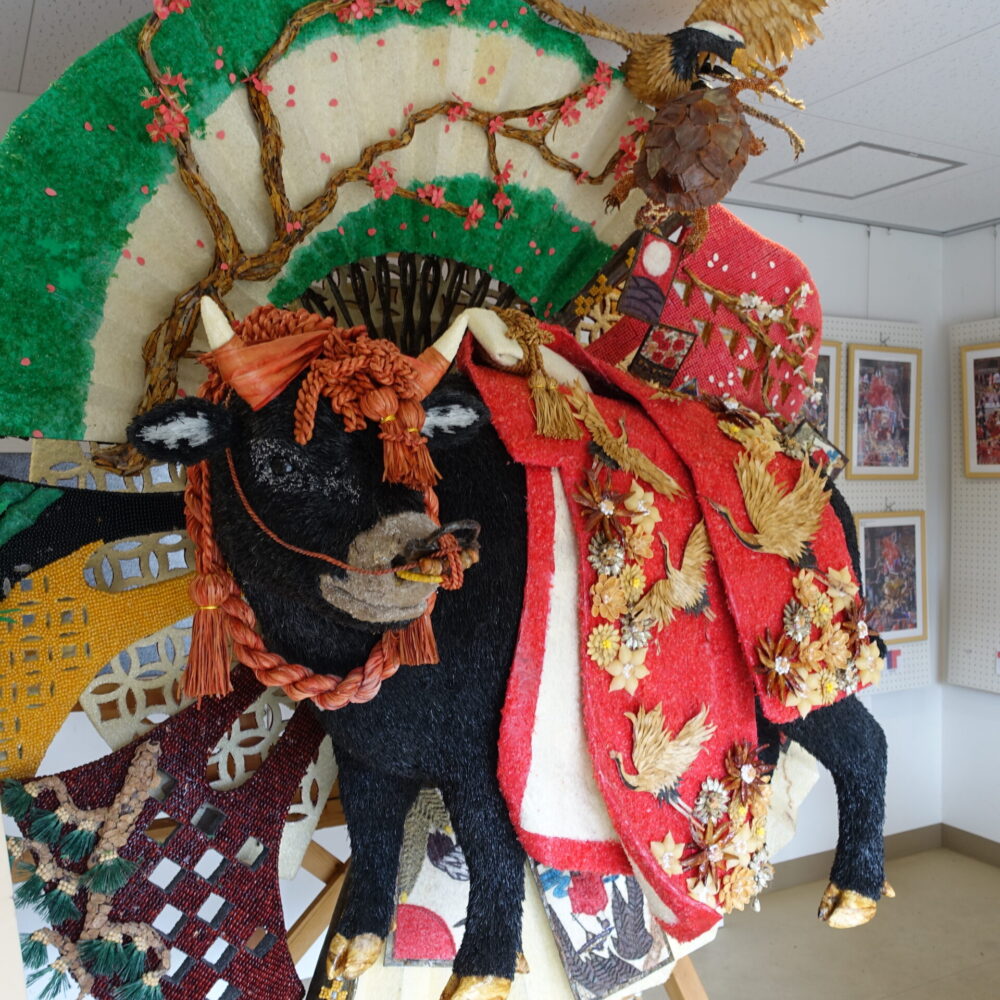
Omi Hachiman has “La Collina,” run by the confectionery shop Taneya. The grass-covered building is very popular with tourists.

2: Chikubu Island
After Omi Hachiman, I went to Chikubu Island. The voyage from Hikone Port to Chikubu Island takes about 40 minutes. The cruise was enjoyable as the weather was fine. Chikubu Island is designated as a national scenic and historic site. Chikubu Island is also said to be the island where the gods dwell, and it is said that the belief in Chikubu Island began in the Nara period (710-784) when Gyoki Shonin enshrined statues of the Four Heavenly Kings there.
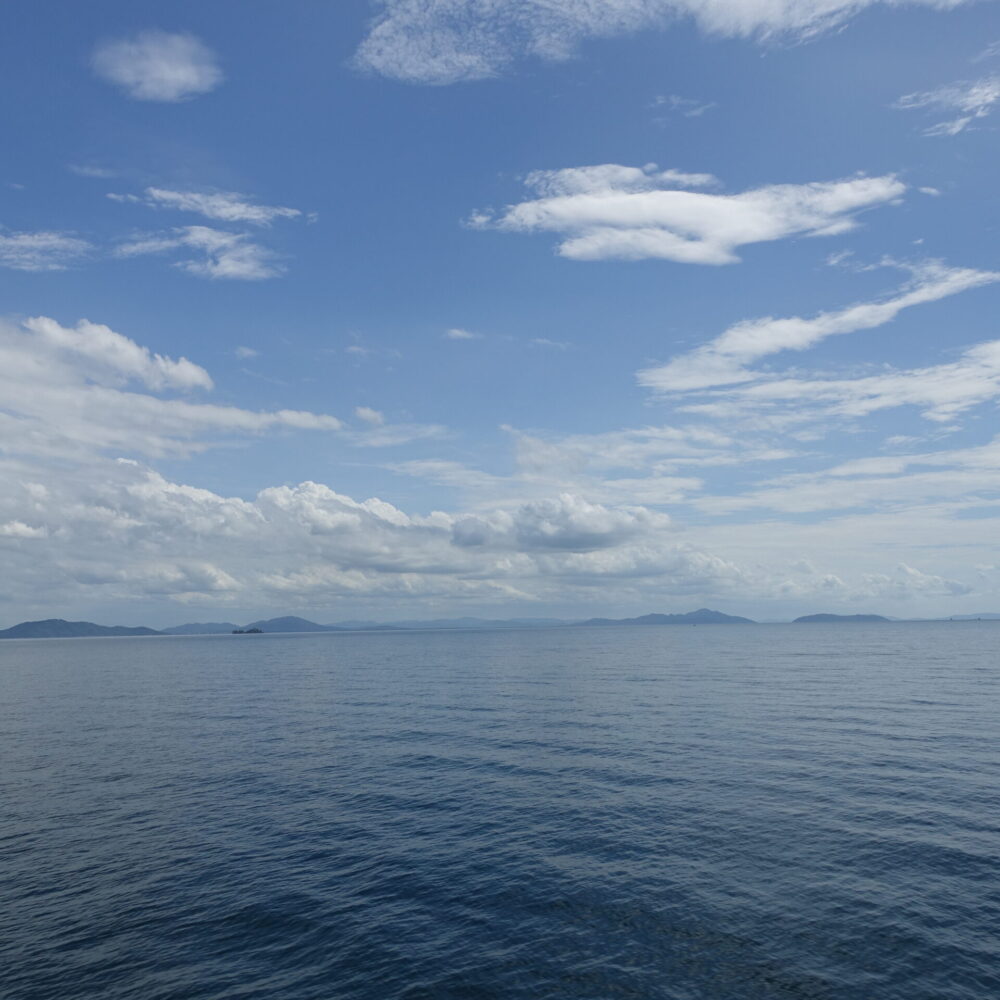
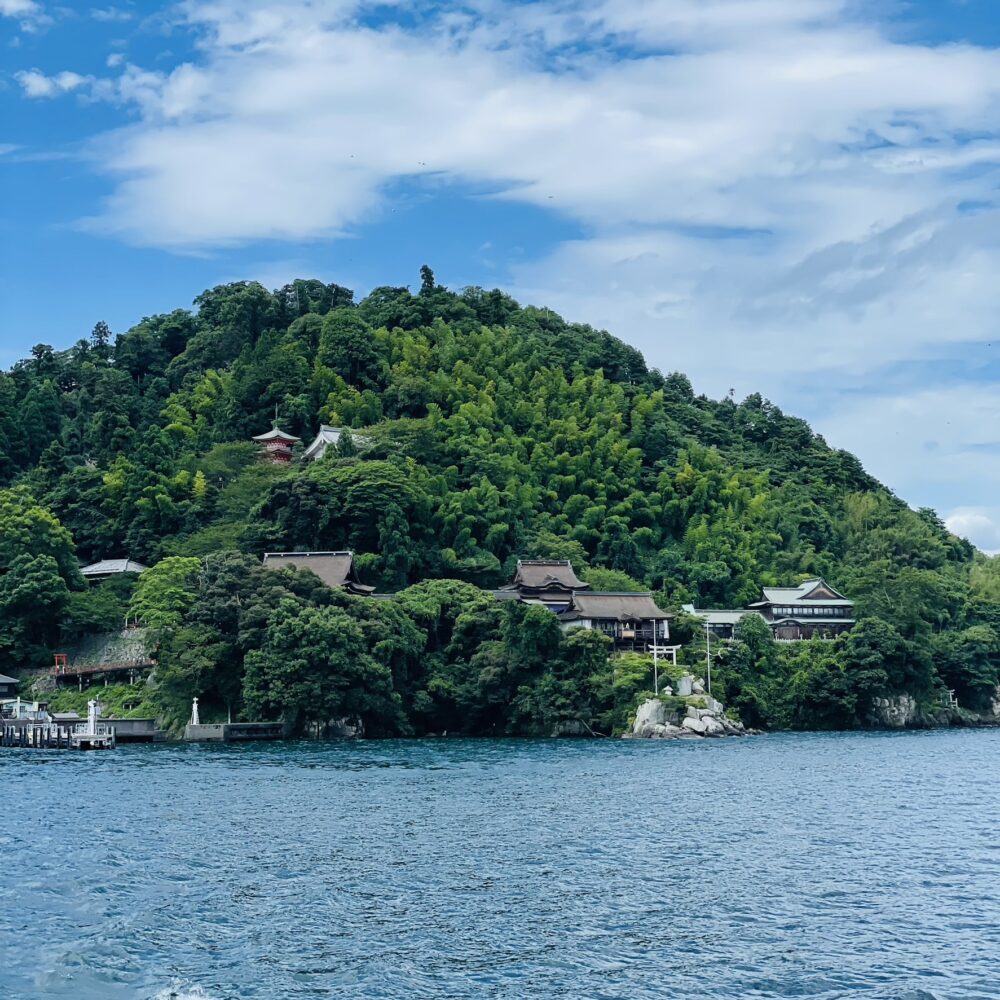
The main shrine of Tsukubusuma Shrine, a national treasure, is located on Chikubu Island. It is one of the ‘Three Great Benten Temples of Japan.’ It is said to have been founded in 459 during the Kofun period. The ‘Kawarake-throwing’ from the worship place of the eight great dragon kings is famous.

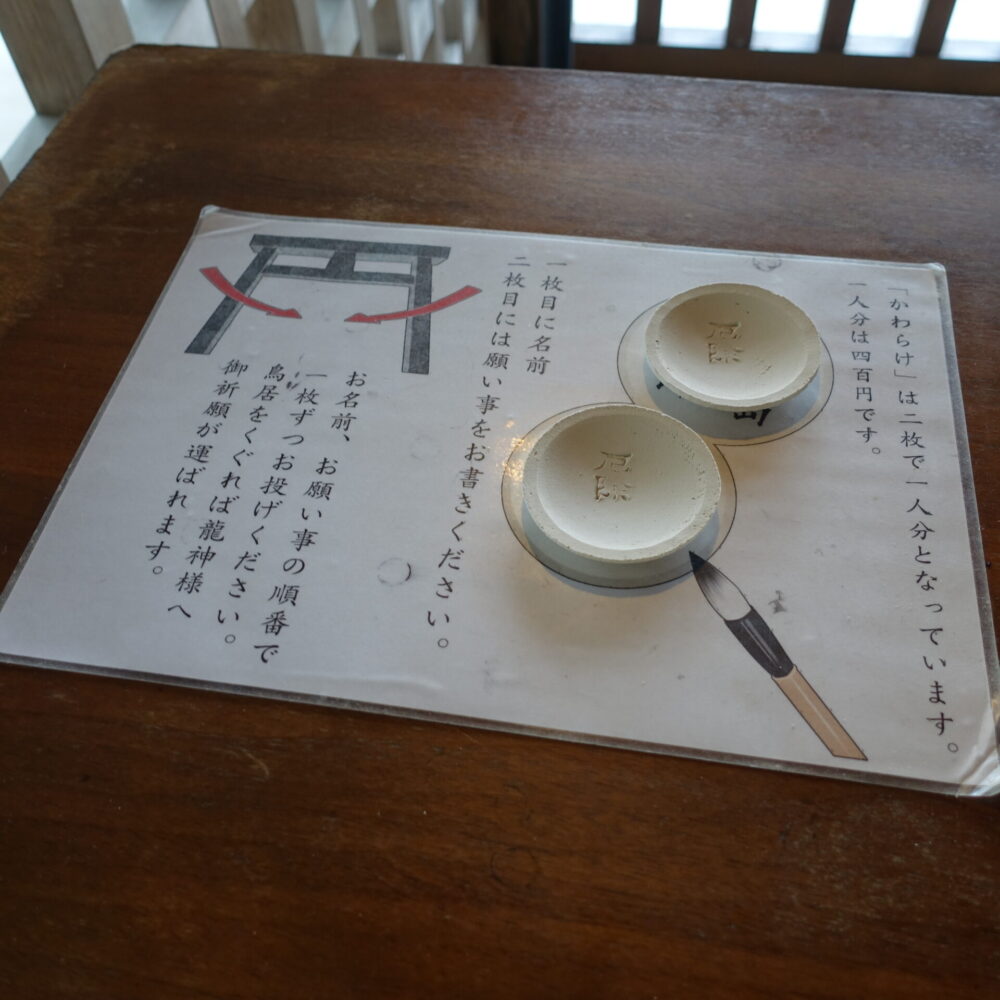

The Hogonji Karamon Gate, a national treasure, was relocated in 1602 by Toyotomi Hideyori from the Karamon (Gokurakumon) of the Toyokuni Mausoleum (the mausoleum of Toyotomi Hideyoshi in Higashiyama, Kyoto). The main hall stands on a hill. Hogonji’s Watariro is a covered corridor connecting the Kannon-do hall and the main hall of Tsukubusuma Shrine. This Watariro is a National Important Cultural Property. It was moved from Toyokuni-myo by Toyotomi Hideyori in 1602. It is called the ‘ship corridor’ because it is said to have been built using timber from the shipyard of Toyotomi Hideyoshi’s ship ‘Nihonmaru.’ The three-story pagoda stands next to the Hall of Treasures.
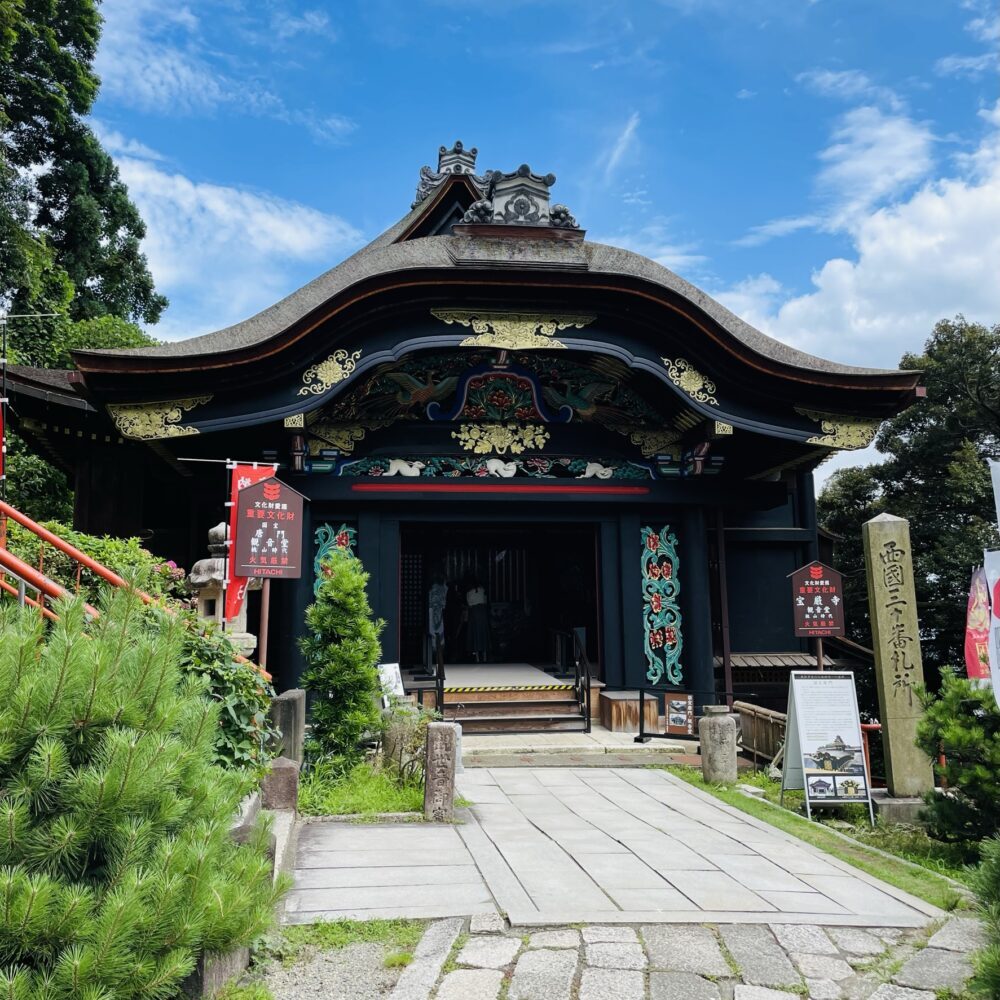
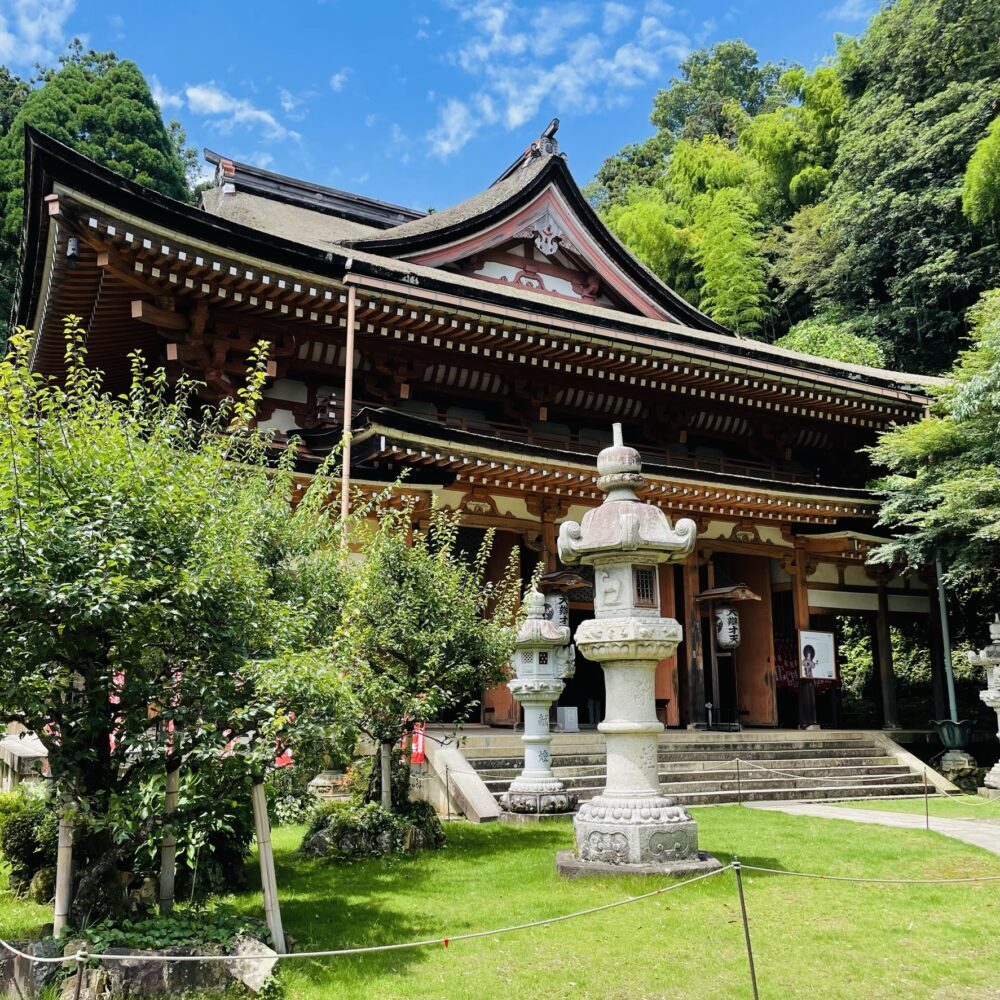
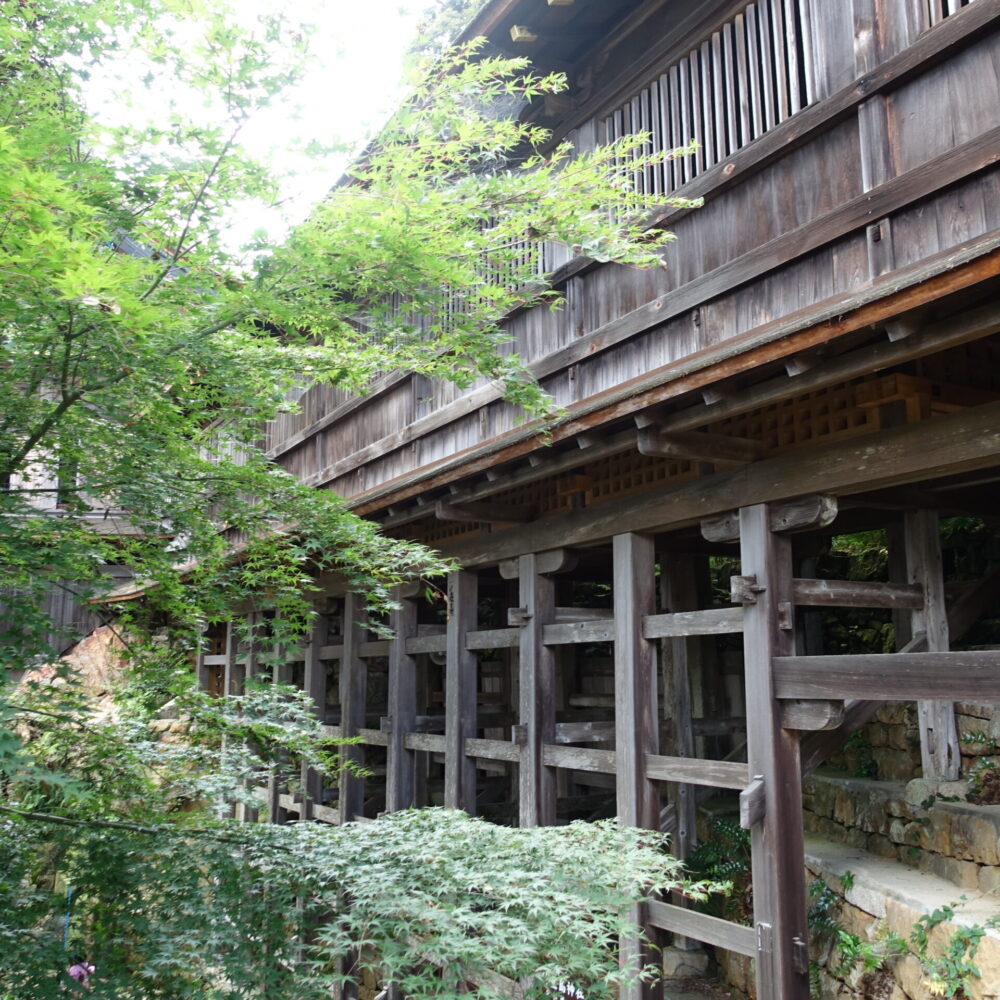
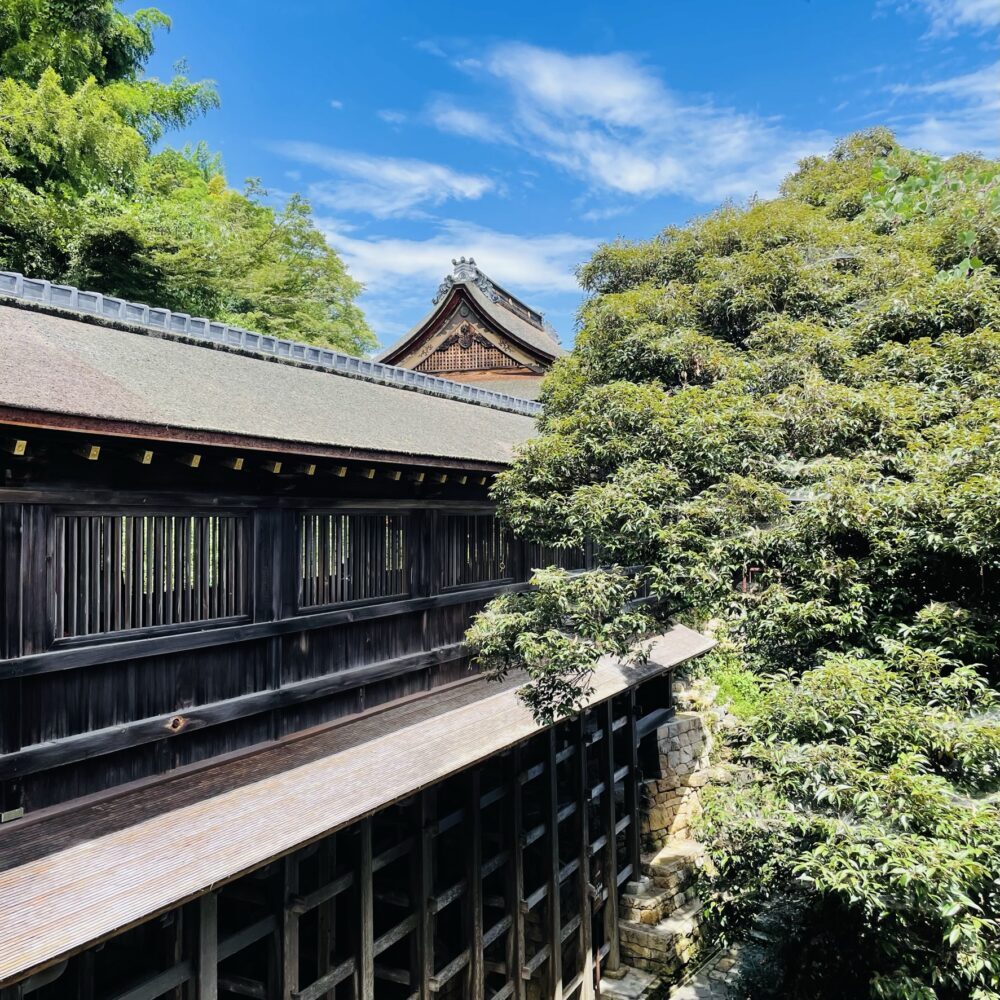

Returning to Hikone Port from Chikubu Island, I met with the famous ‘mascot character’ of Hikone City, ‘Hikonyan.’ I photographed the boat I boarded from Chikubu Island and ‘Hikonyan’ together. ‘Hikonyan’ is famous throughout the country as the catalyst for the ‘yuru-chara’ boom.
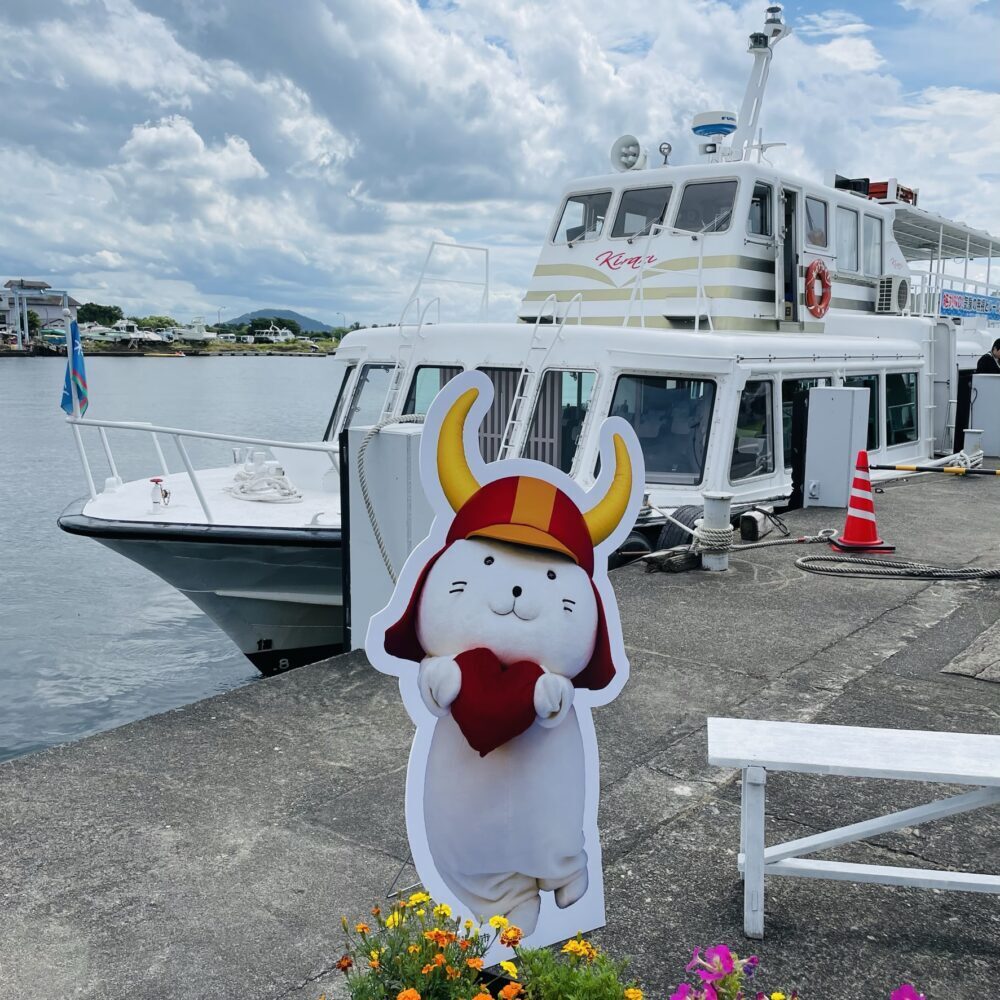
3: Hikone Castle
We walked from Hikone Port to Hikone Castle. Hikone Castle is one of the five castles whose keep has been designated a National Treasure and is also one of the 12 existing castles. Compared to more giant castles such as Himeji Castle and Matsumoto Castle, Hikone Castle is smaller but good-looking. Hikone Castle is built on a small mountain (Mount Hikone), so the process can be challenging on hot days. The day I visited was a hot summer day, and I couldn’t stop sweating.
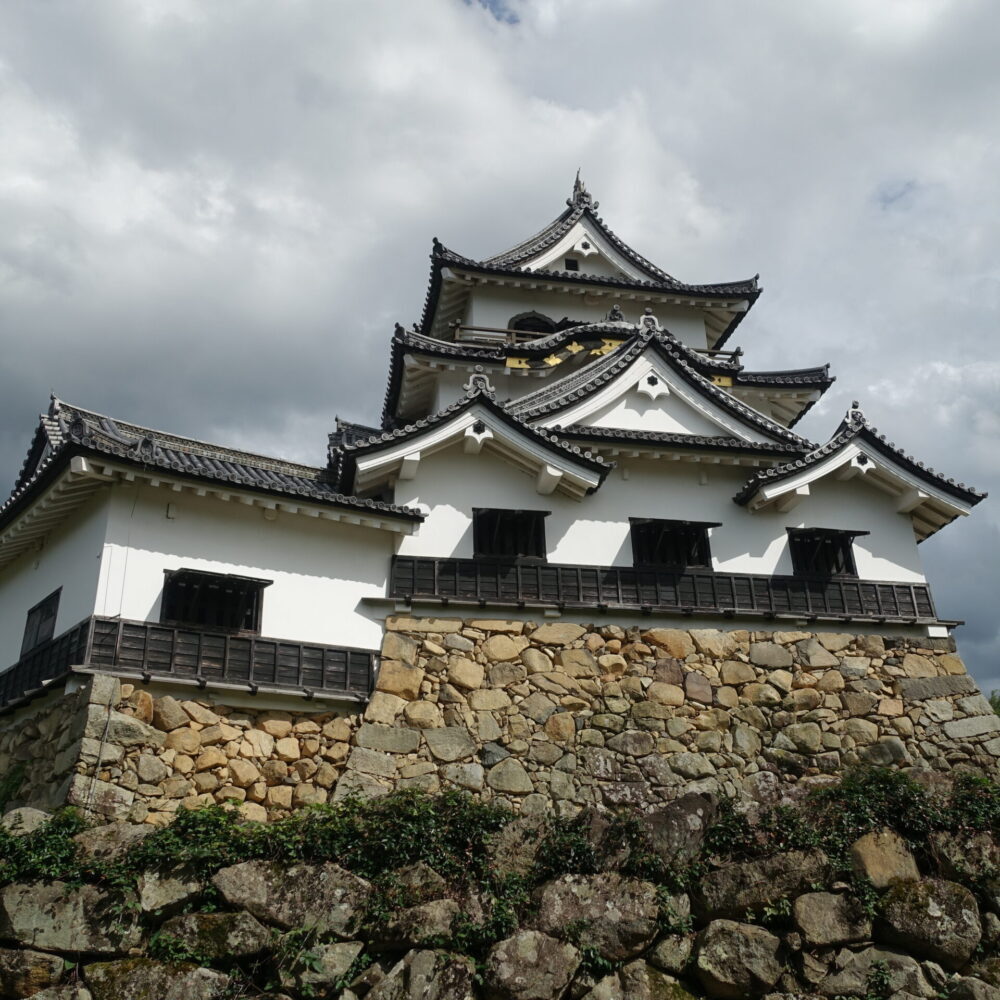
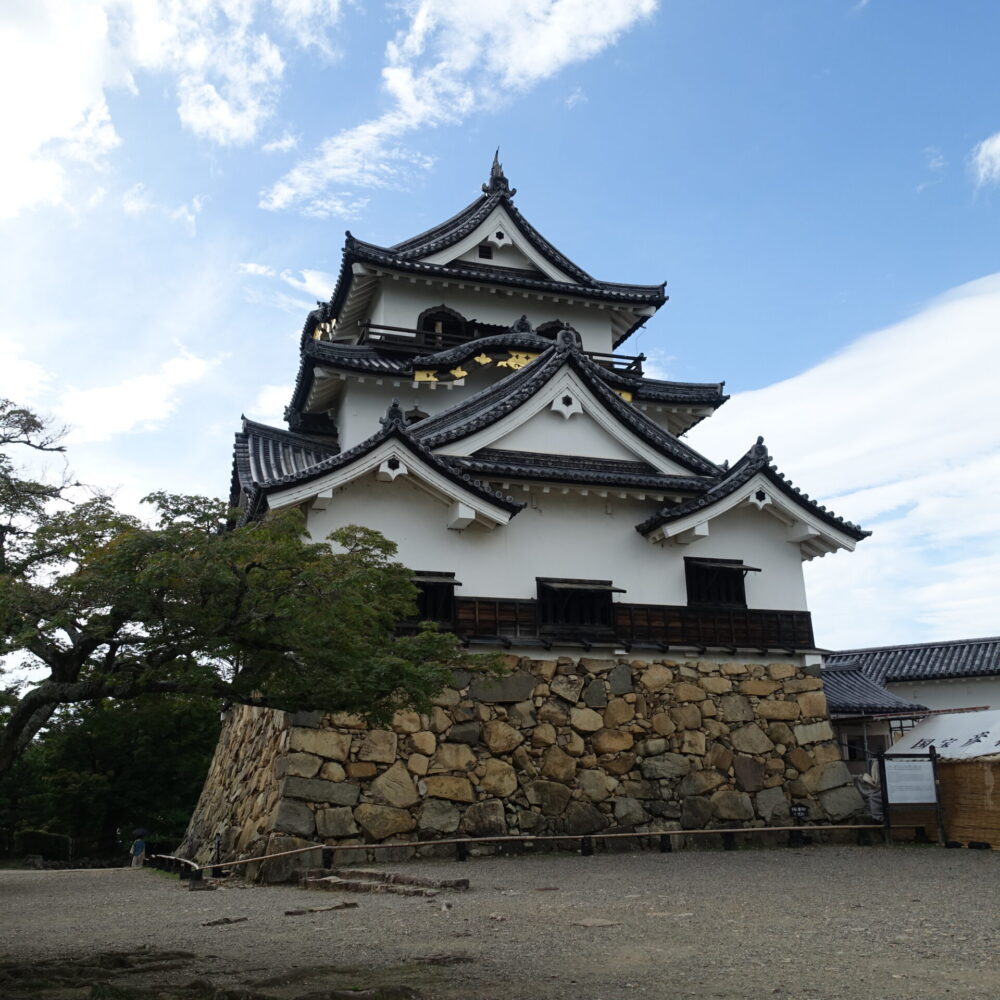

Genkyu-en, adjacent to Hikone Castle, is a former feudal lord’s garden. It has been designated a national place of scenic beauty as ‘Genkyu Rakurakuen.’ The view of Hikone Castle from Genkyu-en is spectacular.
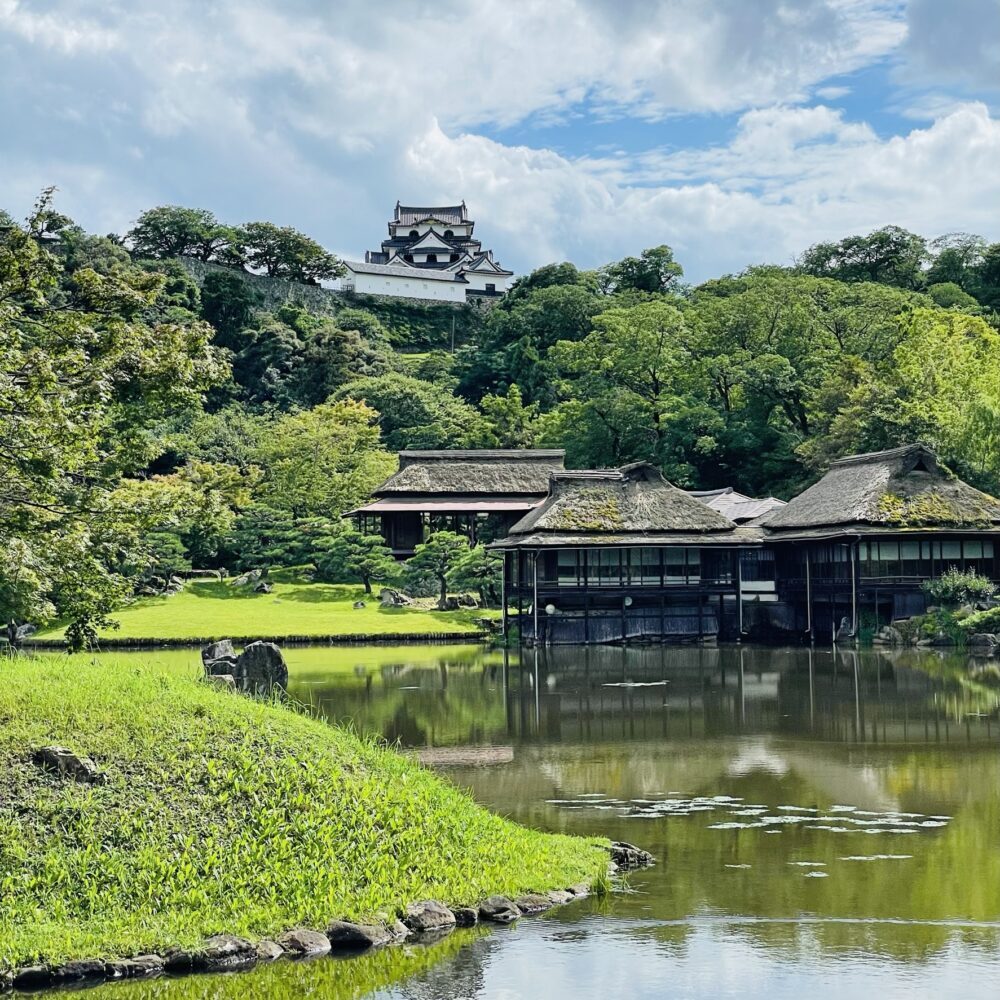
A miniature Hikone Castle was set above the post box in front of Hikone Castle.
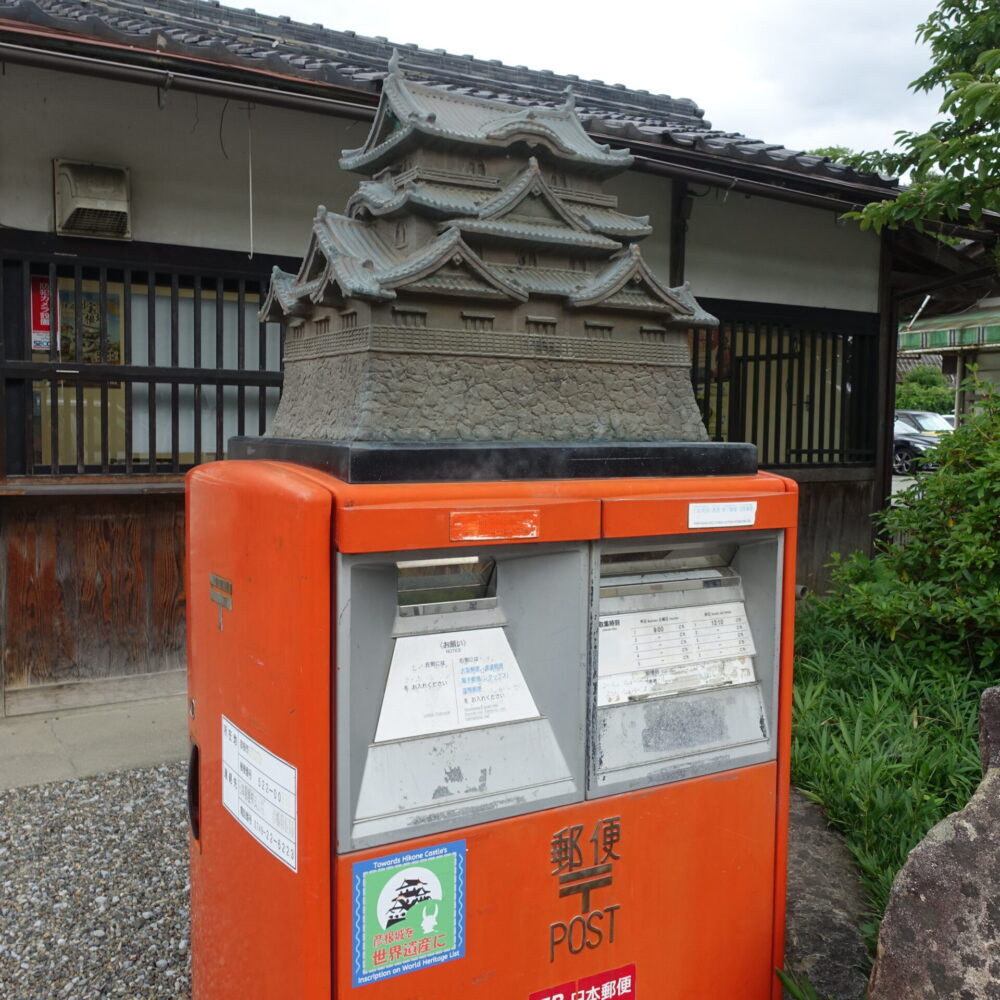
4: Dinner
I had dinner at the long-established restaurant Yachiyo near Hikone Station. At Yachiyo, we had the ‘Biwa lake snack set,’ which included Shiga Prefecture’s specialties – beef tendon, red konnyaku and small sweetfish, ‘Funa-zushi,’ and a beef rice bowl with Omi beef and red konnyaku. Yachiyo has long been the locals’ favorite restaurant, and I was delighted with the food and the atmosphere.

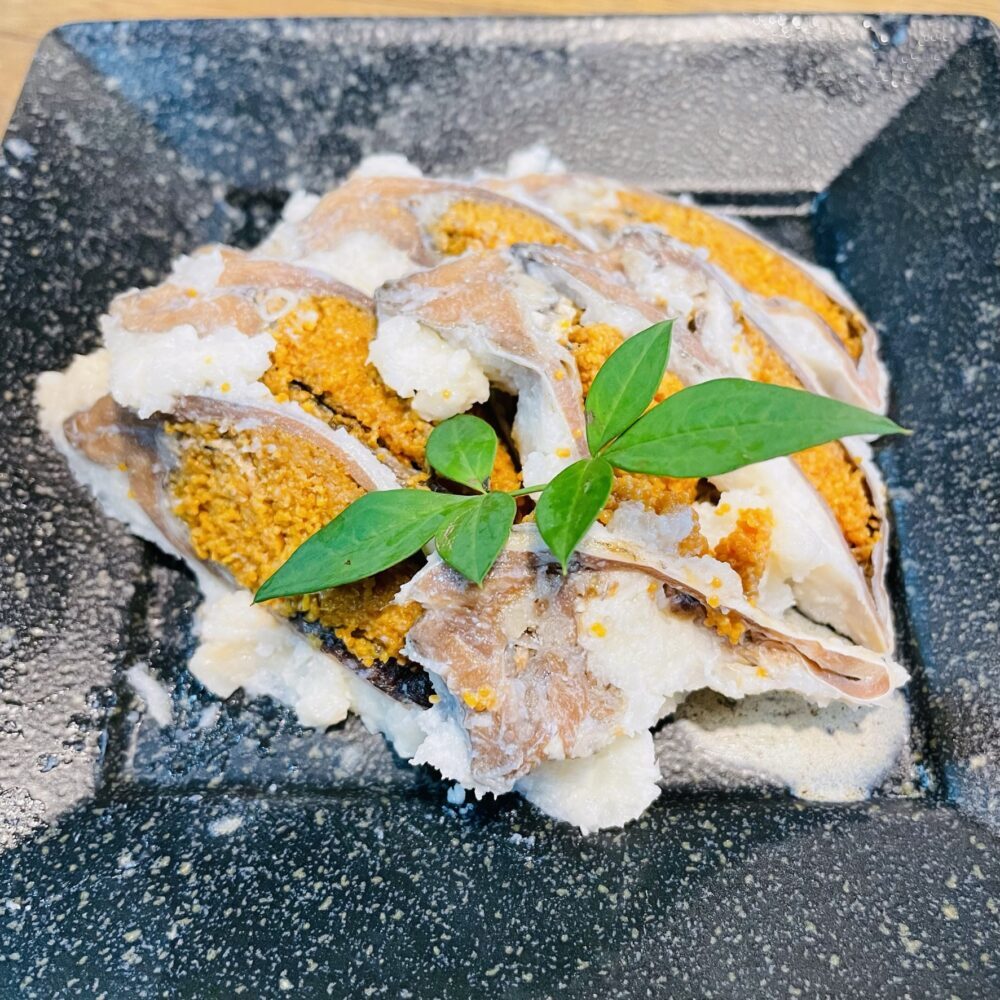
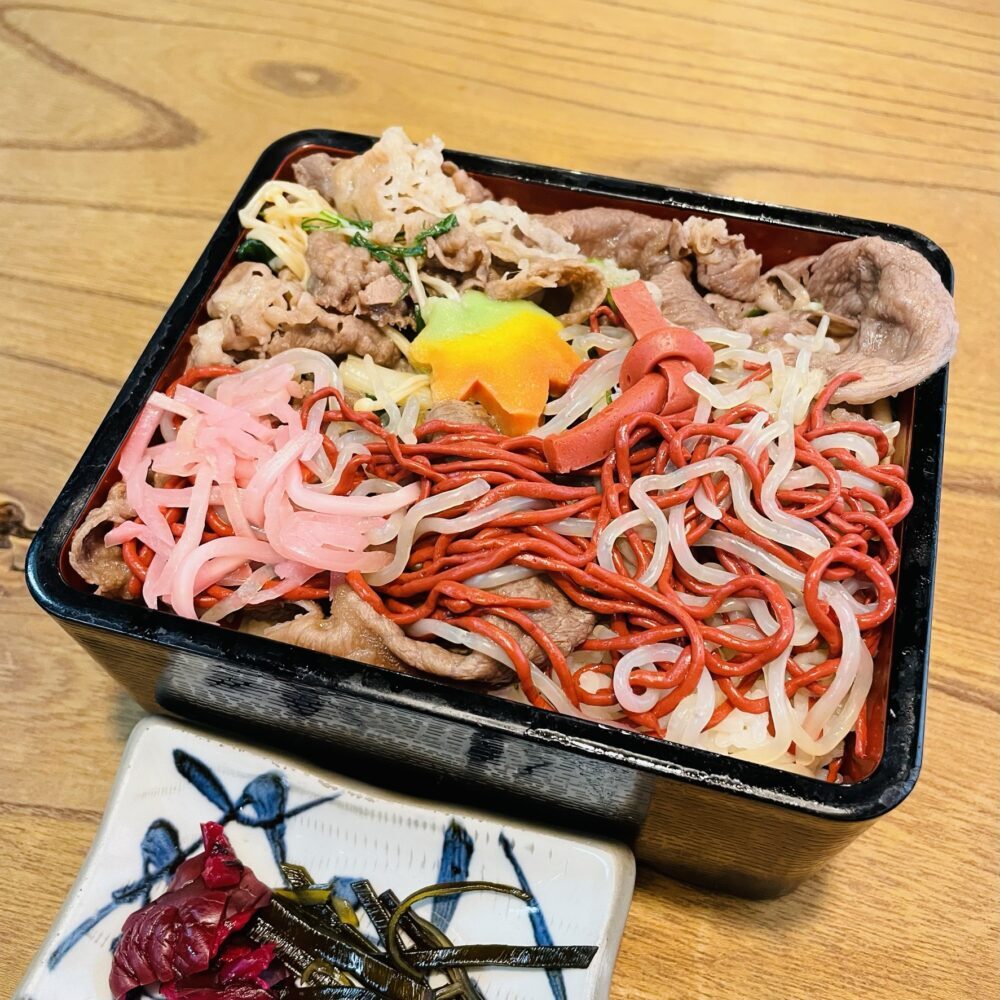
5: Supplementary information on sightseeing in Shiga Prefecture
As this was a one-day trip, I visited only three areas – Omi Hachiman, Chikubushima, and Hikone Castle. However, Shiga Prefecture has many important cultural assets, including the World Heritage Site Enryaku-ji Temple, the national treasures Mitsui Temple (Enjoji Temple), and Ishiyama-ji Temple. Shiga Prefecture is next to Kyoto Prefecture, and despite its many tourist attractions, it is a hidden gem, visited by only about 2% of foreigners.
Percentage of foreign visitors to Shiga Prefecture against the total number of visitors in Japan
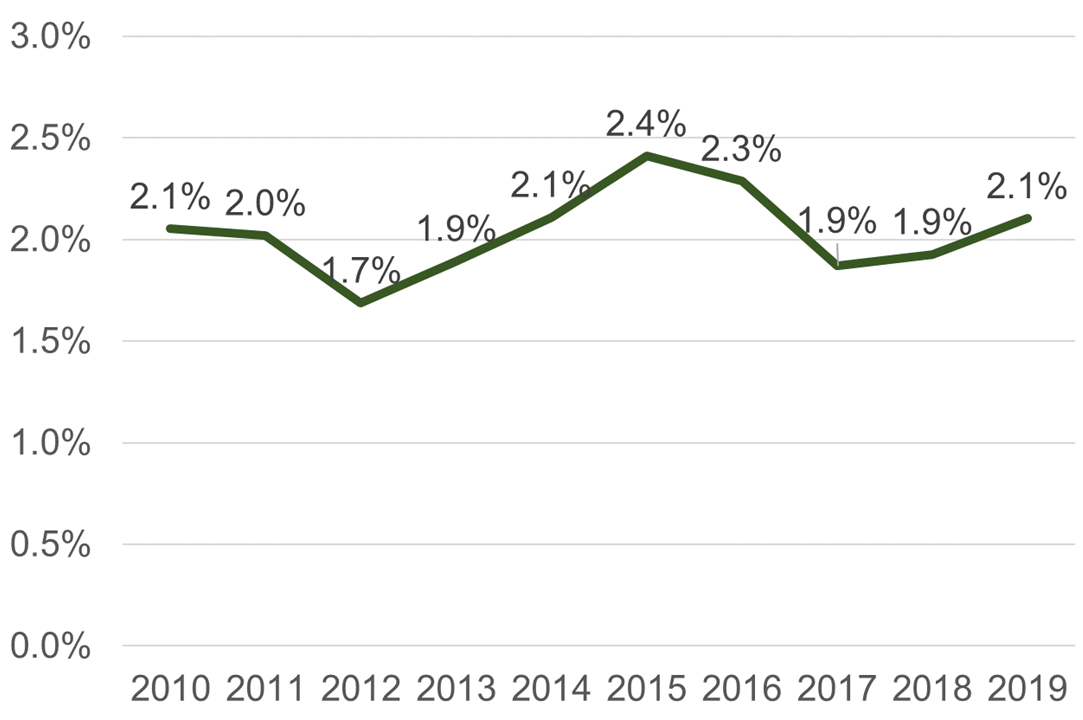
Source: Shiga Prefecture, Japan Tourism Agency.
In addition, only about half of foreign and 8% of Japanese tourists stay overnight in Shiga Prefecture when touring. We encourage you to travel to Shiga Prefecture, a hidden gem. It is worth the trip.
Percentage of day trips and staying overnight by Japanese tourists visiting Shiga Prefecture (2019)
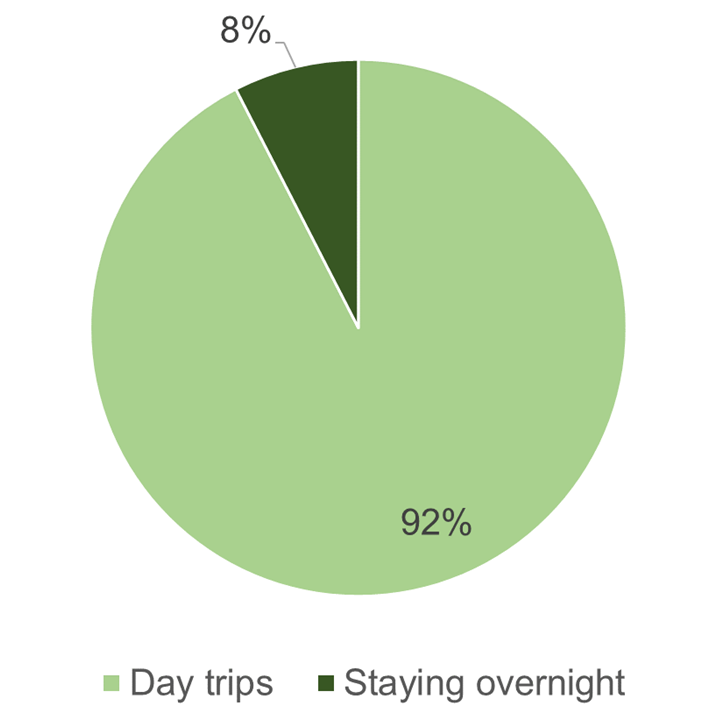
Percentage of day trips and staying overnight by foreign tourists visiting Shiga Prefecture (2019)
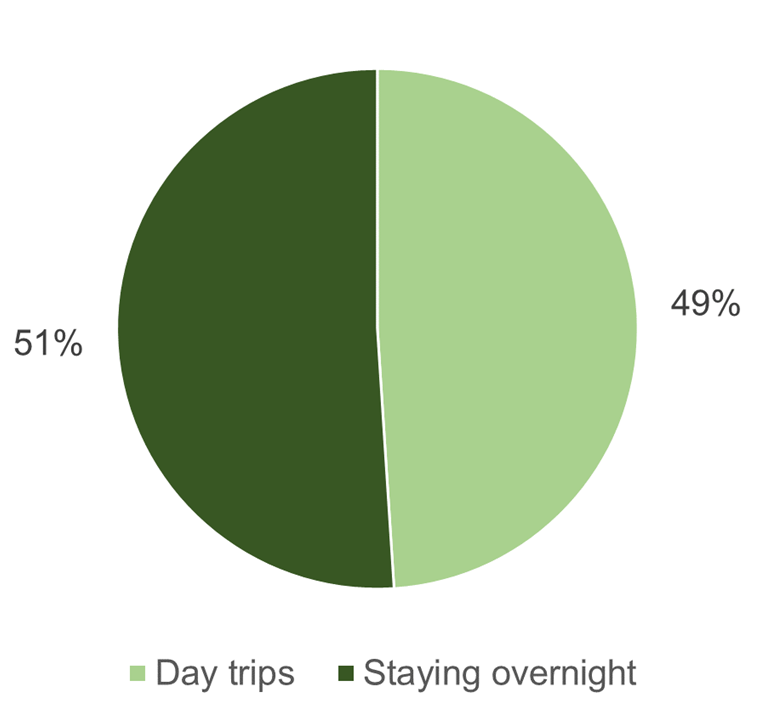
Source: Shiga Prefecture
